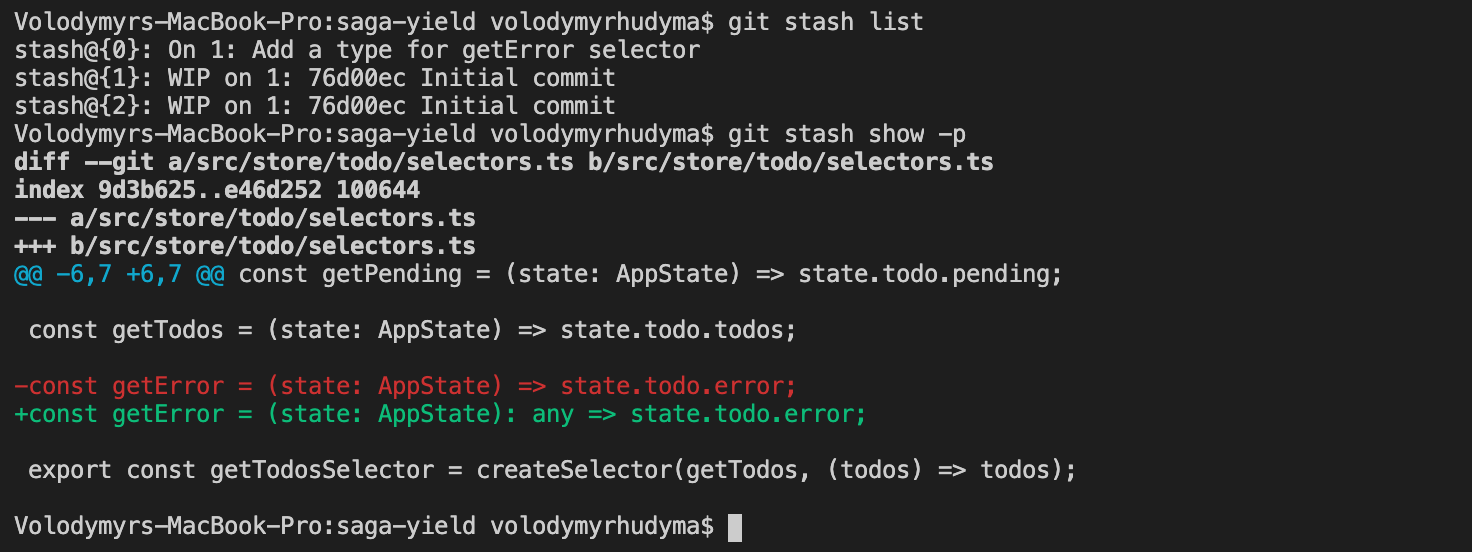
I've added - older commit and - newer commit to make it clear, you won’t find those notes in the editor. Note that it might be confusing at first since they are displayed in reverse order, where the older commit is on top.

When you perform git rebase -i HEAD~4 will pop up an editor, showing the list of commits you want to merge. You can read the whole thing as- Merge all my ‘api-login’ branch commits on top of the commit which is 4b47ceb. Where commit-hash 4b47ceb is added remember me checkbox. So in our example, the command would be: git rebase -interactive 4b47ceb Where is the hash of the commit just before the first one you want to rewrite from. Luckily, there is another way: git rebase -interactive Check Overwrite working tree changes (force). Now that the local main branch is pointing to the desired commit, it’s time to Git force push this change to remove the other commits from the. Notice the local main branch now diverges in history from the remote main branch. I have tons of commits to squash, do I have to count them one by one?Ī downside of the command git rebase -i HEAD~ is that you have to guess to an exact number of commits, by counting them one by one. The Switch/Checkout dialog can be used to checkout a specific version to the working tree (i.e., all files are updated to match their state of the selected version). To do this, use command/ctrl to multi-select the desired commits from the graph, and then select Squash 3 commits.
#Git force checkout Patch#
I recommend cloning the remote repository again to a new location, create a patch from the commits or differences, and then apply it to a new branch. So, in this case, the command would be : git rebase -i HEAD~4īecause I want to combine the last four commits into one, and the commit-hash 7ccb146 added Google API Login is the fourth commit. Your local working copy and the remote repository are different enough that Git is unable to resolve that.
#Git force checkout update#
name : Git checkout : repo : '' dest : /srv/checkout version : release-0.22 - name : Read-write git checkout from github : repo : :mylogin/hello.git dest : /home/mylogin/hello - name : Just ensuring the repo checkout exists : repo : '' dest : /srv/checkout update : no - name : Just get information about the repository whether or not it has already been cloned locally : repo : '' dest : /srv/checkout clone : no update : no - name : Checkout a github repo and use refspec to fetch all pull requests : repo : dest : /src/ansible-examples refspec : '+refs/pull/*:refs/heads/*' - name : Create git archive from repo : repo : dest : /src/ansible-examples archive : /tmp/ansible-examples.zip - name : Clone a repo with separate git directory : repo : dest : /src/ansible-examples separate_git_dir : /src/ansible-examples.git - name : Example clone of a single branch : repo : dest : /src/ansible-examples single_branch : yes version : master - name : Avoid hanging when http(s) password is missing : repo : dest : /src/from-private-repo environment : GIT_TERMINAL_PROMPT : 0 # reports "terminal prompts disabled" on missing password # or GIT_ASKPASS: /bin/true # for git before version 2.3.So, In our case, we will write the value of is 4, because we want to join these four commits into one commit.
#Git force checkout how to#

The force flag allows us to order Git do it anyway. This option overrides the fast forward restriction and matches our local branch to the remote branch. Another use case for 'checkout' is when you want to restore a historic version of a specific file. The most common use case for 'checkout' is when you want to switch to a different branch, making it the new HEAD branch. If not, it will refuse to force deletion, use git branch -D. git checkout The 'checkout' command can switch the currently active branch - but it can also be used to restore files.



 0 kommentar(er)
0 kommentar(er)
